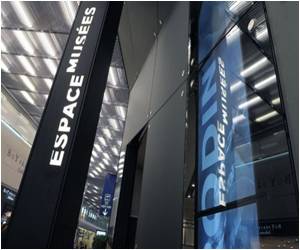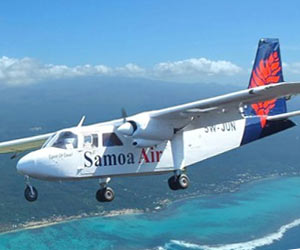An explanation for why airline food is often awful was attempted by a professor of physics.

He said that for a hot meal to be served to passengers', right after the take off, the airline will have to make a meal that can take being heated for extended period of time in the serving container, News.com.au reported.
He said that the meals are pre-cooked or par-cooked and is kept at a certain temperature, as airlines don't have the energy budget to cook-then-refrigerate-then-reheat.
Wacker said that the shortest hold times is usually about one to one and a half hour.
He said that for meals served well after takeoff (usually transoceanic flights), the staff have to heat from scratch; he asserted that the ovens are terrible and are packed with food (450 meals from a few galleys), and the heating is not consistent.
He said that once the immense variety of dietary restrictions that airlines have to cater for is taken into account you realise what type of situation the airline is in.
Advertisement
Finally, an airline has a very tight budget for ingredients and they really push to get the lowest fares.
Advertisement















